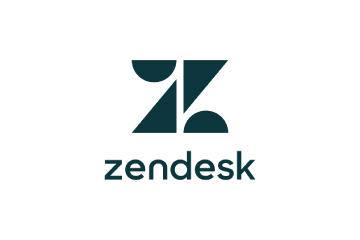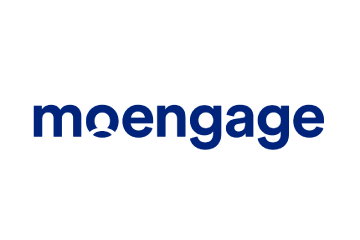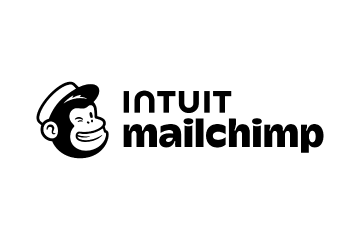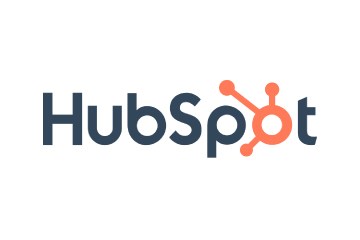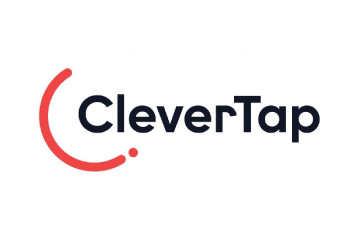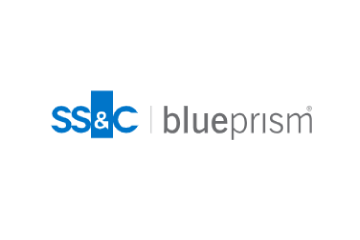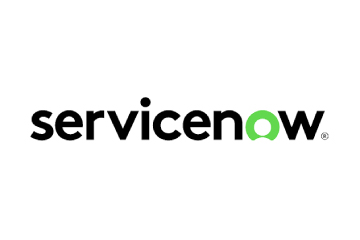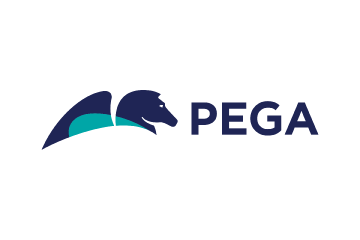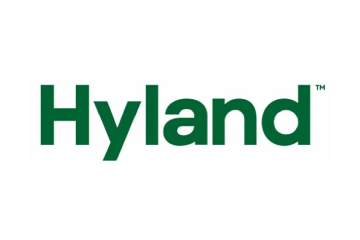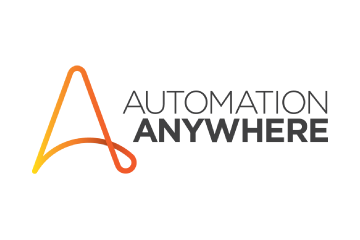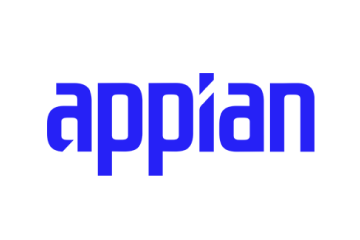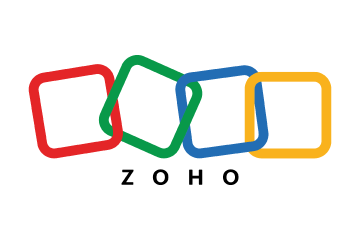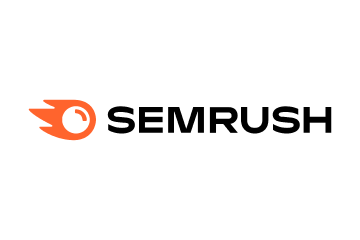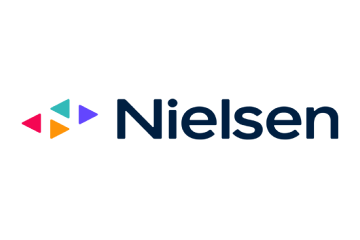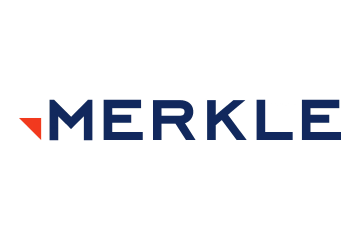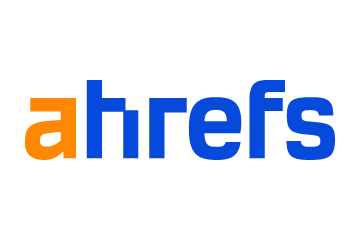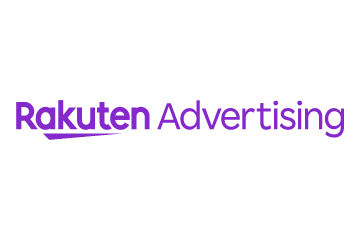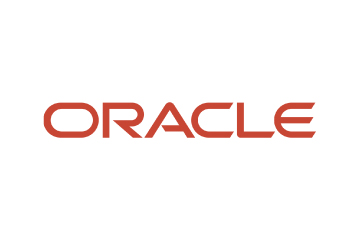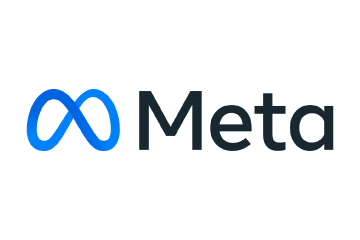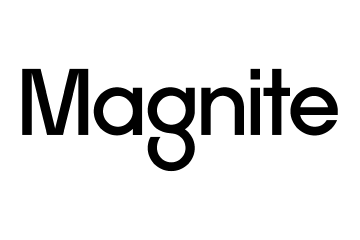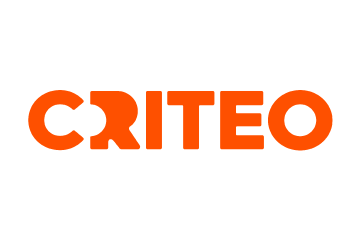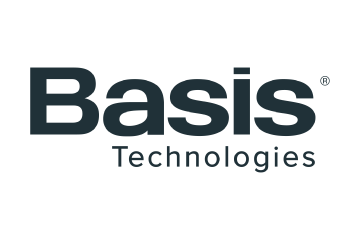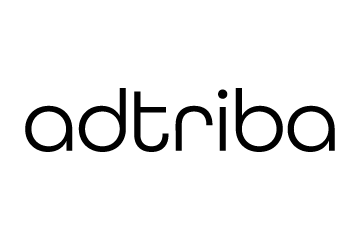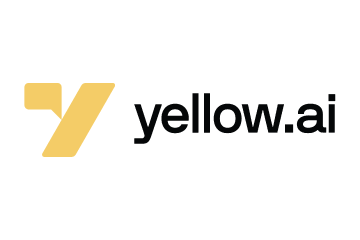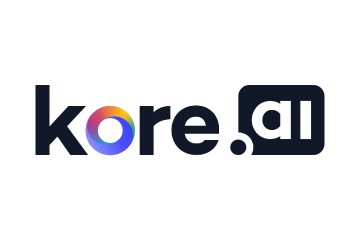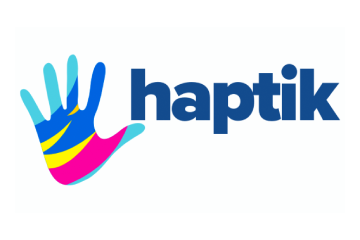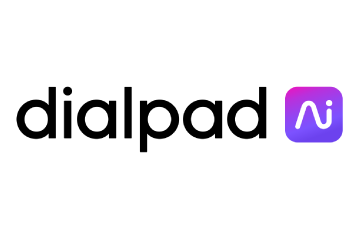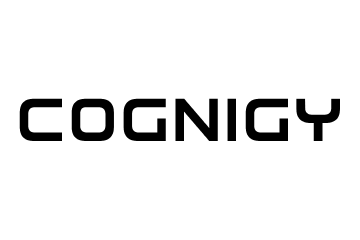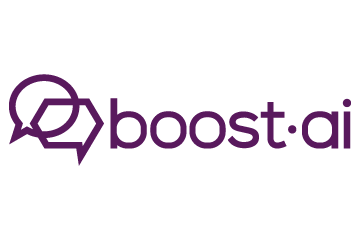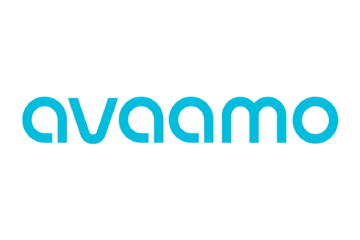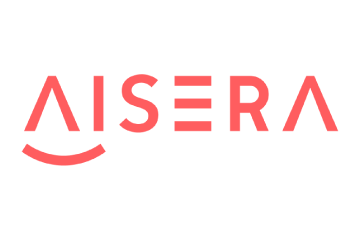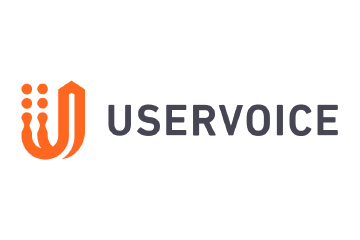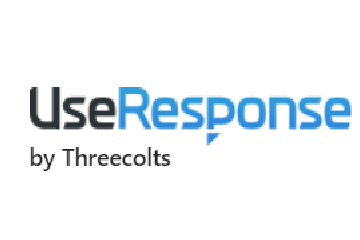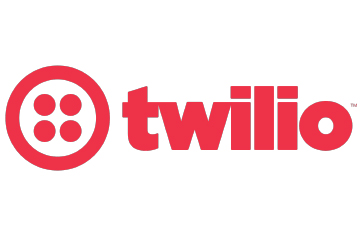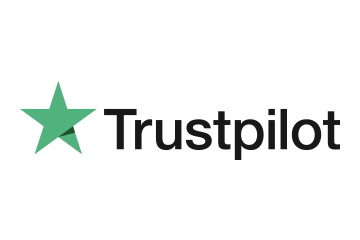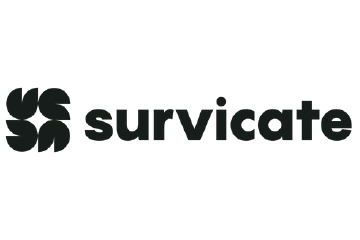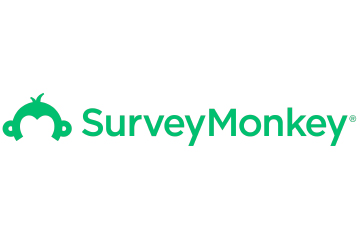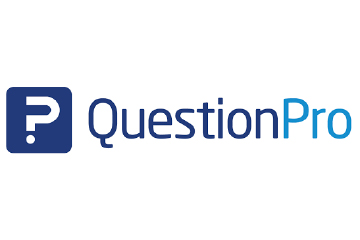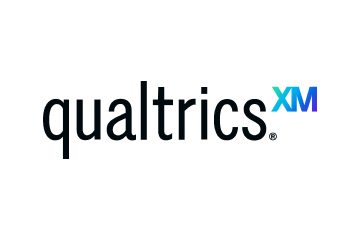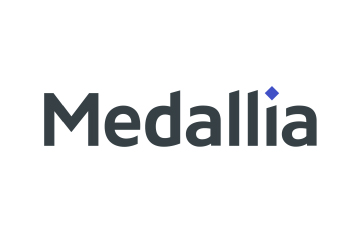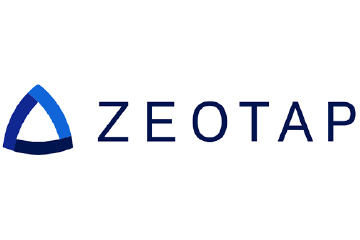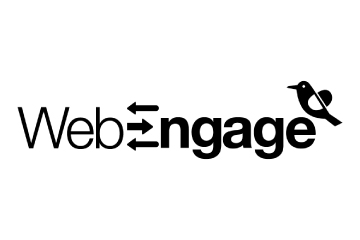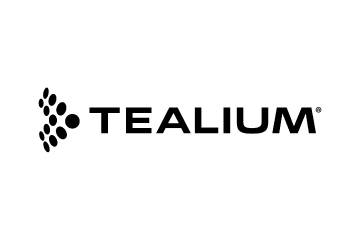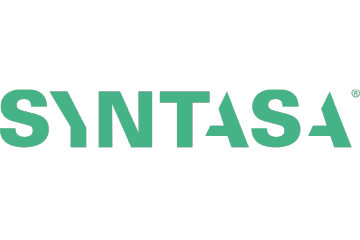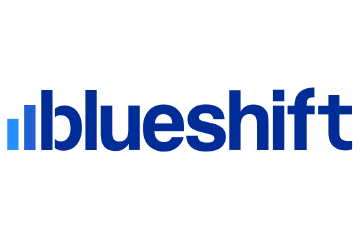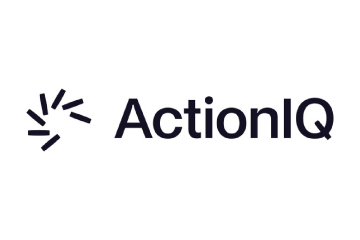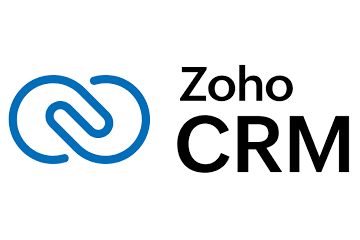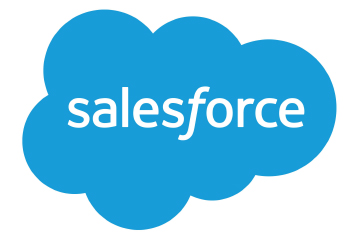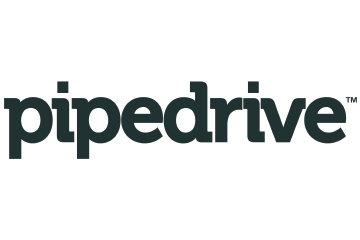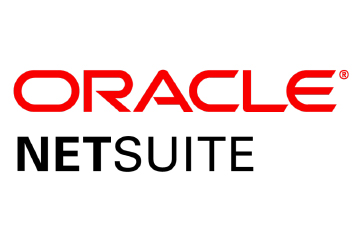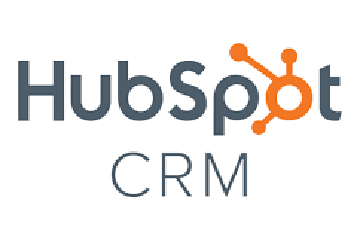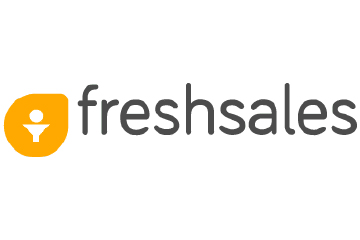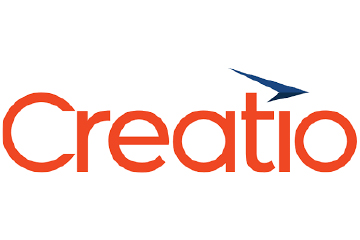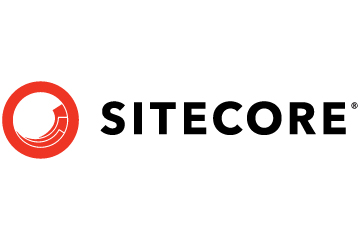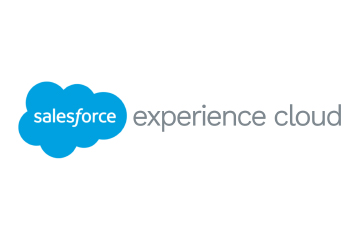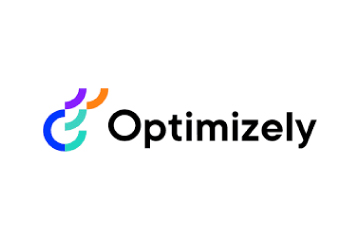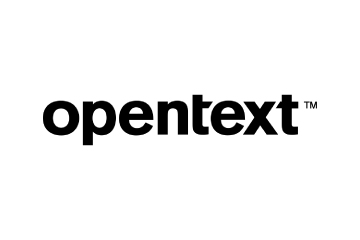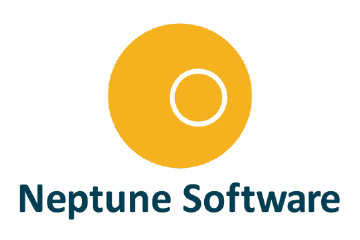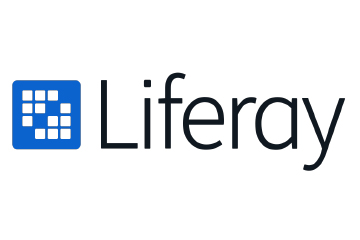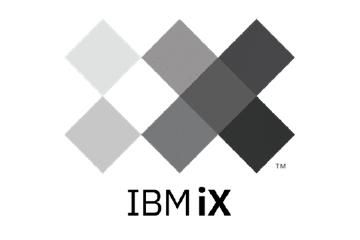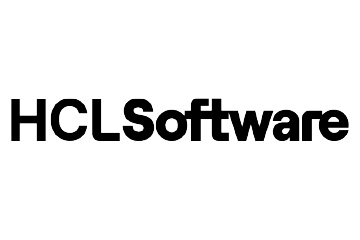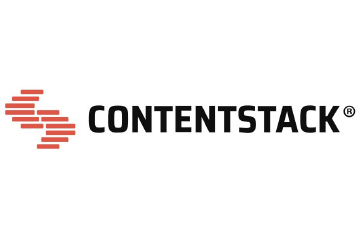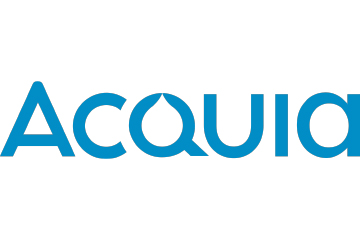AI Content Compliance: Avoiding Hallucinations, Confusion, and Risk
As enterprises scale AI-generated content, the pressure to stay compliant, consistent, and brand-safe is rising. Without proper governance frameworks, even the most advanced AI can produce hallucinations, misinformation, and non-compliant messaging.

Employees are using AI at work whether their leaders know it or not. In fact, recent data from McKinsey found C-suite leaders projected only 4% of employees were using generative AI for at least 30% of daily work, when in reality, 13% of employees were using AI at that level.
It’s no surprise then that employees are using AI in content generation. Using AI in content generation provides endless benefits to employees and organizations alike, including cost savings, streamlined operations, and productivity boosts. But, if AI isn’t integrated safely into your operations, your content risks being non-compliant with brand guidelines, industry standards, and regulations. This leads to wasted resources, financial losses, damage to brand loyalty, AI hallucinations, and ultimately, a poor customer experience.
The risk of AI hallucinations damaging the customer experience is a costly one. Take it from real-world occurrences like when Air Canada’s customer service AI chatbot shared information about a discount that didn’t exist for instance. A court ruled that the customer would be awarded damages and fees after what was surely a negative experience with the airline.
Hallucinations happen for a number of reasons, whether it’s poor training data or biases within the data. If the data or content that’s being used to train AI agents is inaccurate, the output will also be low-quality and often results in misinformation. Beyond that, if incorrect data inputs become repetitive, an AI agent may take the input as fact and skew all results in the future.
The biggest risks that come with enterprises leveraging AI-generated content are non-compliance and the loss of customer loyalty. If content isn’t compliant with regulations, your brand may be face to face with legal issues, fines, and ultimately brand degradation. Customers rely on your brand’s content to be accurate — it’s part of the reason they trust your brand. Content that’s not transparent or simply a bit “off” really puts that trust at risk. With over 90% of enterprises concerned about AI tools misrepresenting their brand, there’s a clear need for solutions that safeguard compliant, on-brand content.
How to Govern AI-Ready Content with Consistency
Enterprises looking to uplevel content with AI must do so while deploying compliance frameworks. Just because content is being produced at a faster rate doesn’t mean that the content meets the standards of your brand. So making sure that the content consistently meets your guidelines and emerging regulations is key. There are four essential steps that enterprises must follow to govern their content to make sure it’s AI-ready:
1. Develop guidelines — and follow them: Compile brand documentation that can be used by AI to set guidelines. Things like style books, terminology databases, regulatory standards, and legal and technical language.
2. Ensure quality throughout the content lifecycle: Engaging with quality assurance checks at every stage of the content supply chain makes it easier to create high quality content that’s compliant with brand guidelines and regulatory standards.
3. Deploy AI-powered compliance monitoring: Tools like Acrolinx scan and detect content to ensure it’s complying to set guidelines and regulatory standards. And if it deviates from guidelines, it suggests how to shift your content.
4. Check up on guidelines: Every autonomous technology needs regular oversight to make sure it is functioning appropriately. With your brand and the regulatory landscape evolving constantly, your guidelines need to evolve with them too. This is critical to making sure your compliance framework is up to date.
By integrating these frameworks into the development of content, enterprises make sure that AI-outputs follow brand and regulatory guidelines, resulting in consistent governance and compliance. This structured oversight not only streamlines compliance, but it also guarantees that every customer interaction reflects content that’s consistent, high-quality, and on-brand.
To make sure that all AI is trained on the best content, enterprises should take the governance approach. This includes standardized voice, tone, terminology, and compliance with legal, financial, or accessibility standards across industries. Source content that’s used to train AI should be translated and localized, as well as meet clarity and readability requirements for the audience.
AI isn’t taking over just yet: You still need a human in the loop
Despite the current advancements and progression of AI-generated content, human oversight is still key to any AI strategy. It’s especially true as we continue to see AI models hallucinate. While AI can scale operations and workflows, keeping someone in the loop is still necessary to affirm that quality standards are met. Automated checks enhance efficiency, but they shouldn’t fully replace human oversight.
The Essentials Tools for Enterprise Compliance
Tools like Acrolinx help enterprises build a robust compliance framework directly into your workflows and protect your brand’s bottom line while enabling speed and scale. Every business has unique brand guidelines, tone, voice, messaging, and terminology standards. On toFp of that, specific industry standards and regulatory requirements create even more pressure for organizations. Having the right tools ensures that content is compliant across every one of these areas.
Ultimately, when AI-generated content misses the compliance mark, brands pay the price by opening the door to reputational damage, customer mistrust, and a fractured brand experience. The old playbook of governance and internal AI-integration guidelines doesn’t work anymore. To stay competitive, enterprises must harness AI to review and validate content at a scale in a way that humans can’t — otherwise, your brand will be left behind.
ALSO READ: How Can Loyalty Apps Nurture Belonging?







